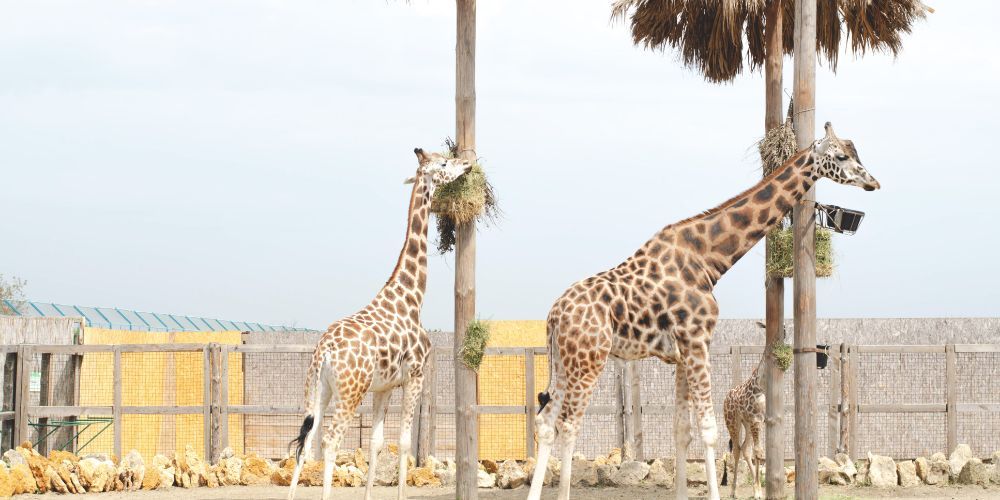
Bioparco Rome: discover the oldest zoological garden in Europe
Bioparco Rome: the tickets most chosen by travelers
Immerse yourself in the history and mission of the Bioparco of Rome
Imagine taking a leap back in time, to the early 20th century. Rome, a city that pulses with life, is enriched by a magical place: the Zoological Garden. Inaugurated in 1911, thanks to the visionary mind of Carl Hagenbeck, this zoo completely revolutionized the way zoos were conceived, replacing cages with moats and creating a more natural experience for the animals and a more engaging one for visitors.
Over the years, the zoo has evolved, expanding and renewing itself, until it became the Bioparco we know today. A place where biodiversity conservation, environmental education, and scientific research merge with the thrilling experience of an up-close encounter with the animal world.
In 1994, a new vision for the zoo in Rome was born. An ambitious dream to transform this place into a true sanctuary for wildlife, a refuge where animals could live in more natural environments and where people could learn to respect and protect nature. In 1998, this dream came true with the birth of the Bioparco, an institution dedicated to biodiversity conservation and environmental education.
Three words define the mission of the park: research, conservation, and education.
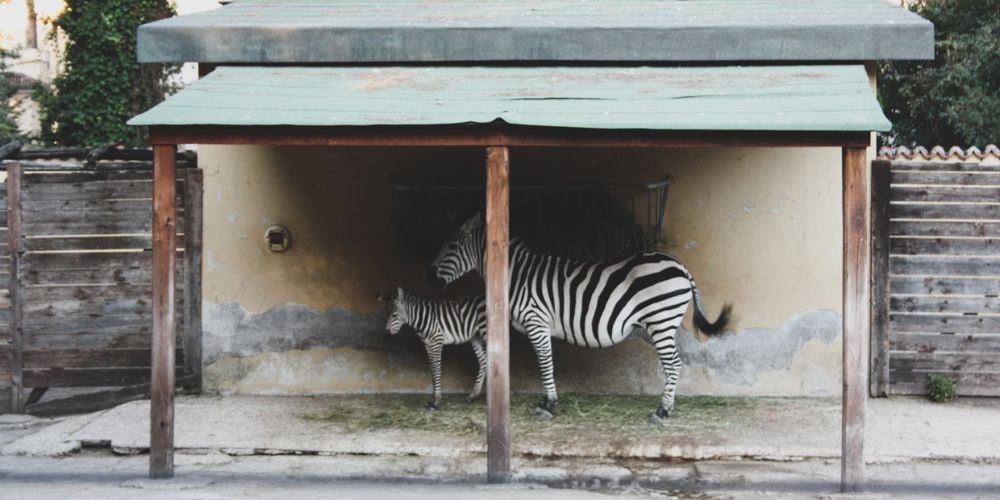
Biopark of Rome tickets
Package:
- starting from €19.
- Free admission for disabled visitors (with a recognized disability level of 100%) and for their companions. Free tickets can be collected at the ticket office upon presentation of the disability certificate.
- Free admission for children under 1 meter in height.
Opening hours for 2025:
- January 1 - March 29 09:30 AM - 05:00 PM.
- March 30 - October 25 09:30 AM - 06:00 PM.
- October 26 - December 31 09:30 AM - 05:00 PM.
EXTENDED HOURS
- March 30 - October 5 09:30 AM - 07:00 PM.
- Only on Saturdays, Sundays, and public holidays.
Last entry:
1 hour before the park closing time. The park is open every day of the year except December 25.
Accessibility:
- Wheelchair accessible.
Other useful information:
Closing times for the animals’ needs:
- Reptile house: 60 minutes before the park closes.
- Felids (lions, lynxes, leopards, tigers): 60 minutes before the park closes.
- Chimpanzees: 45 minutes before the park closes.
- Giraffes, bears, elephants, rhinoceroses: 30 minutes before the park closes.
Activities:
- Meet some animals like amphibians, reptiles, and small mammals with the zoo staff, every Sunday at different times.
- Feed Sofia, the Asian elephant, on Sundays at 12:00 PM.
- Watch the feeding of macaques, lemurs, chimpanzees, seals, and other animals with the zoo staff on Saturdays, Sundays, and public holidays at different times.
These activities are included in the entrance ticket, but must be booked at the reservation desk at the entrance.
Check at the information desk for the exact times.
Rescheduling and cancellation policy:
- No refunds can be made for this ticket.
- This ticket cannot be rescheduled.
Bioparco di Roma Reviews
The Bioparco di Roma has proven to be an unforgettable experience for many visitors. The uniqueness of the environment, characterized by evocative architecture and a variety of recreated habitats, has left an indelible mark. The numerous animal species hosted and the informative exhibits enriched the visit, offering a unique opportunity to learn about and get close to the animal world.
Although some have reported the need for clearer signage and a wider gastronomic offering, most visitors appreciated the ease with which tickets can be purchased and access to the park, making it an ideal destination for families.
Bioparco Rome: tips for your visit
Biopark of Rome map
Viale del Giardino Zoologico 1, 00197, Rome
Biopark of Rome parking
Viale del Galoppatoio 33, 00197, Rome: convenient public parking offers you maximum security and comfort, with 24-hour surveillance and a customer service always at your disposal. You can leave your car at any time, knowing it is in excellent hands. Additionally, the facility is equipped with all comforts: phone coverage, security cameras, and spaces dedicated to people with disabilities. Everything you need for a peaceful and safe stop.
Saba Parking Piazza di Spagna - Villa Borghese, Rome
- Viale del Muro Torto, 00197 Rome.
- Price per hour starting from.
- 2.70 €/hour.
- Rate refers to the first hour of parking.
The best experiences in Rome
Best attractions around Bioparco Rome
all entrance tickets for the most popular Italian attractions
FAQs about Bioparco Rome
What is the most famous park in Rome?
Rome has many enchanting parks, each with its own characteristics. However, if we talk about a park that combines history, art, and nature, Villa Borghese is definitely the most famous. Inside, in addition to beautiful gardens, fountains, and sculptures, you can find the Borghese Gallery, one of the most important art galleries in the world, and the Biopark itself, which houses a large collection of animals.
What is there at the Biopark?
The Biopark of Rome is much more than a traditional zoo. It is a green oasis in the heart of the city where you can meet over 1,200 animals of 200 different species, from lions and tigers to monkeys, birds, and reptiles. Besides the animals, the park offers educational paths, playgrounds for children, and often organizes special events and initiatives. You can admire recreations of natural habitats, such as the African savannah or the rainforest, and discover the biodiversity of our planet.
How much time does it take to visit the Biopark?
The duration of your visit to the Biopark depends a lot on you! If you want to see everything at a leisurely pace and participate in the proposed activities, I recommend dedicating at least half a day to it. If you have little time, you can focus on certain specific areas that interest you the most. Remember that the Biopark is an ever-evolving place, so you might always discover something new with each visit.
What should you wear to go to the Biopark?
Wear comfortable clothes and suitable walking shoes, especially if you plan to visit the entire park. I recommend bringing a hat and sunscreen, especially in the warmer months. If it rains, don’t forget an umbrella or a light raincoat.
When is entry free at the Biopark?
The Biopark offers various promotions and initiatives throughout the year, which may include free admissions or discounts for certain categories of visitors (for example, children, seniors over 65, groups). To learn about any ongoing promotions, I recommend checking the official website of the Biopark or their social media channels.
What to bring when going to the park?
- Camera: To capture the most beautiful moments of your visit.
- Picnic: If you prefer to have a packed lunch, you can bring your basket and find a designated area.
- Binoculars: To observe the shyer animals up close.
- Biopark guide: It will be useful for navigating and discovering interesting facts about the animals.
In addition to comfortable clothing and a water bottle, I suggest bringing:
The Animals of the Biopark of Rome
The Biopark of Rome is a veritable Noah's Ark, housing around 1200 animals belonging to over 150 different species, including reptiles, mammals, and birds. From majestic lions to brightly colored parrots, with playful monkeys and mysterious reptiles in between, the Biopark offers a unique opportunity to discover the extraordinary diversity of the animal kingdom. All the animals present were born in captivity, in line with the most modern zoological practices that prioritize animal welfare and species conservation.
The zoo is committed to wildlife conservation. Thanks to collaboration with other European zoological institutions, the Biopark participates in breeding and reintroduction programs for threatened species. By visiting the Biopark, you not only have the chance to admire extraordinary animals but also to contribute to their protection by supporting research and conservation activities.
The Vegetation
The Biopark of Rome is home to a rich botanical collection that includes both native and exotic species. The original layout, dating back to the early 1900s, has been enriched over the years with numerous new species, selected based on their ecological and ornamental characteristics.
The park's vegetation is not just a decorative element, but a genuine educational tool. Through the plants, visitors can discover the relationships that exist between animals and their environment, understand the importance of biodiversity, and raise awareness about environmental protection. Furthermore, the Biopark organizes educational activities and workshops for children, providing them the opportunity to explore the plant world in a fun and interactive way.





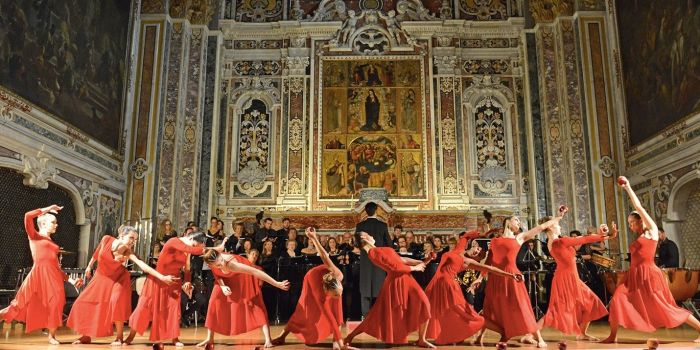
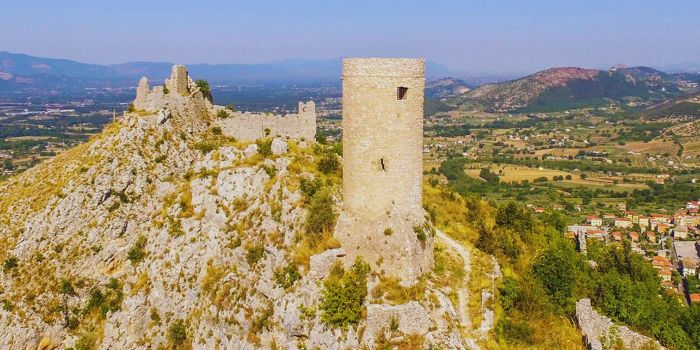
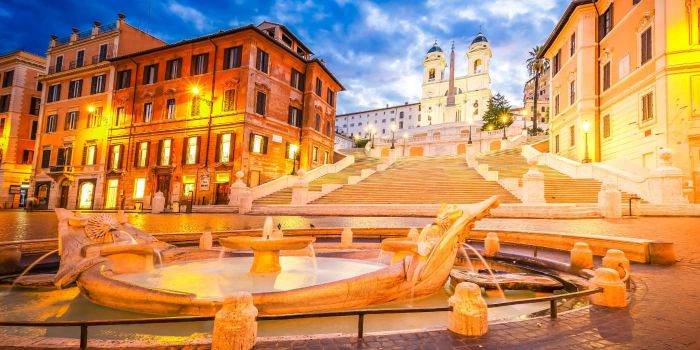
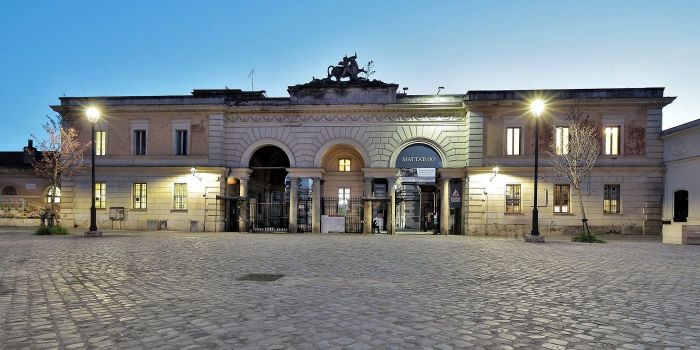
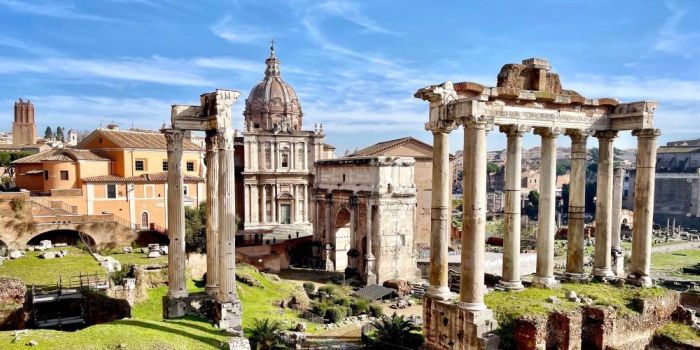
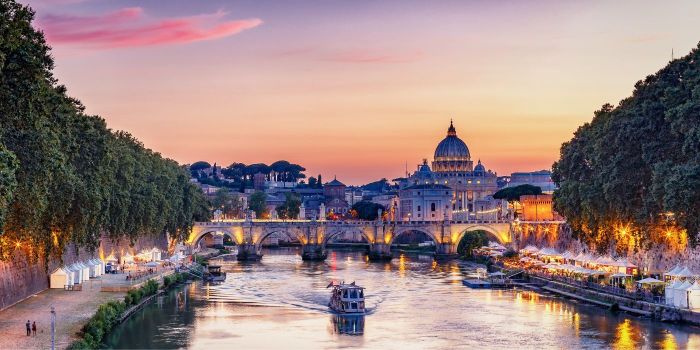
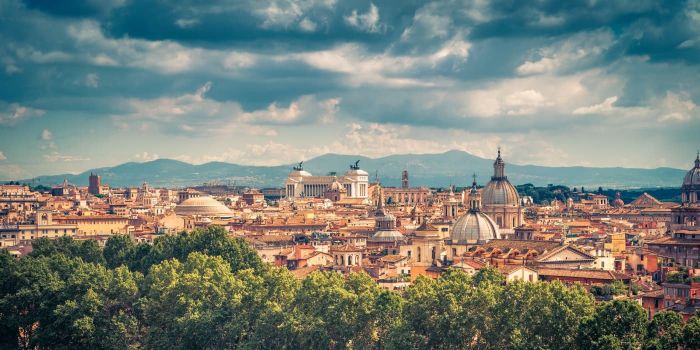
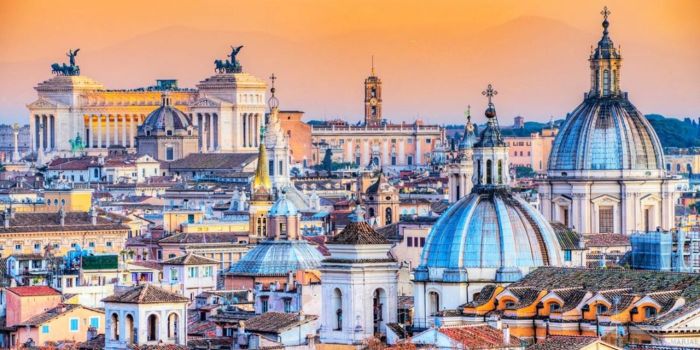
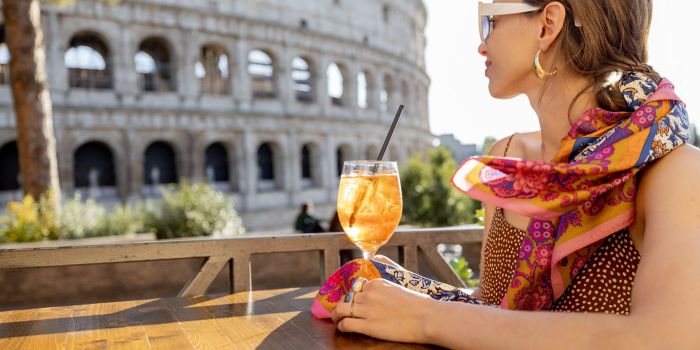









Alessia Coppola
From the initial vision of Hagenbeck, who created a natural and engaging setting, to the challenges of restoration and adaptation to modern times, the architecture of the Biopark is a fascinating story of how man has interacted with nature.